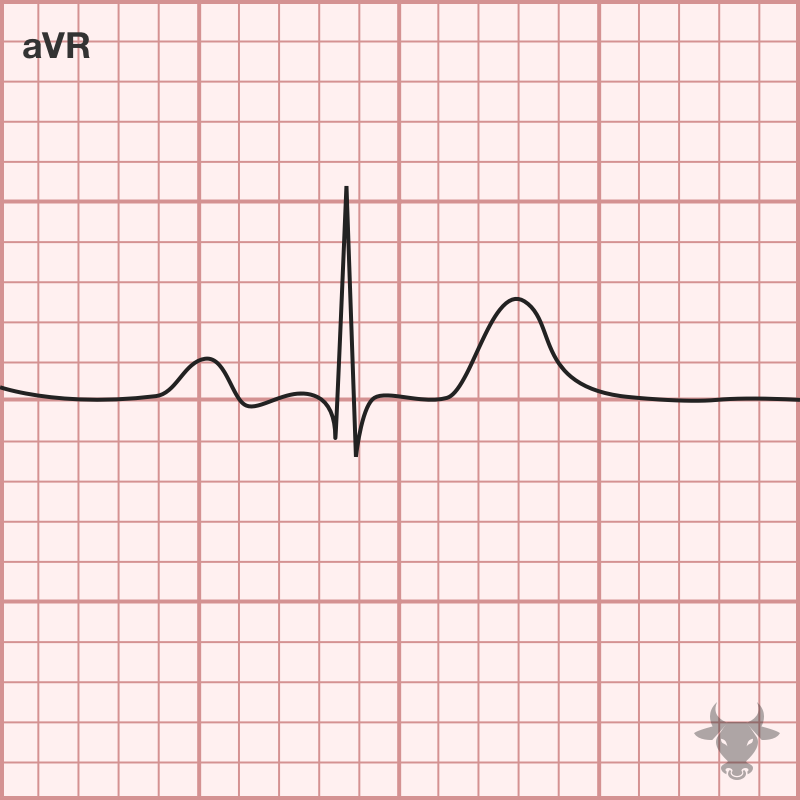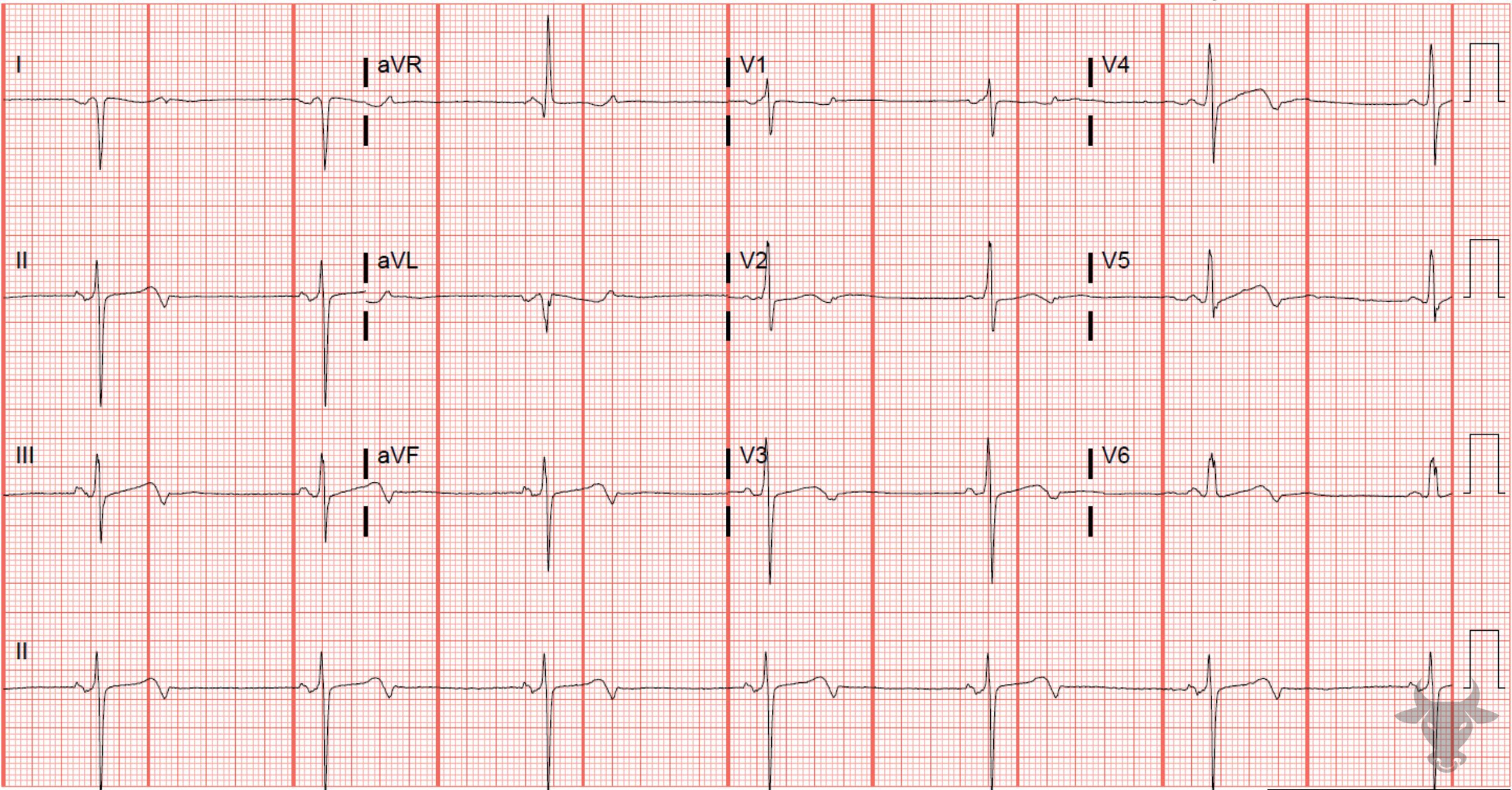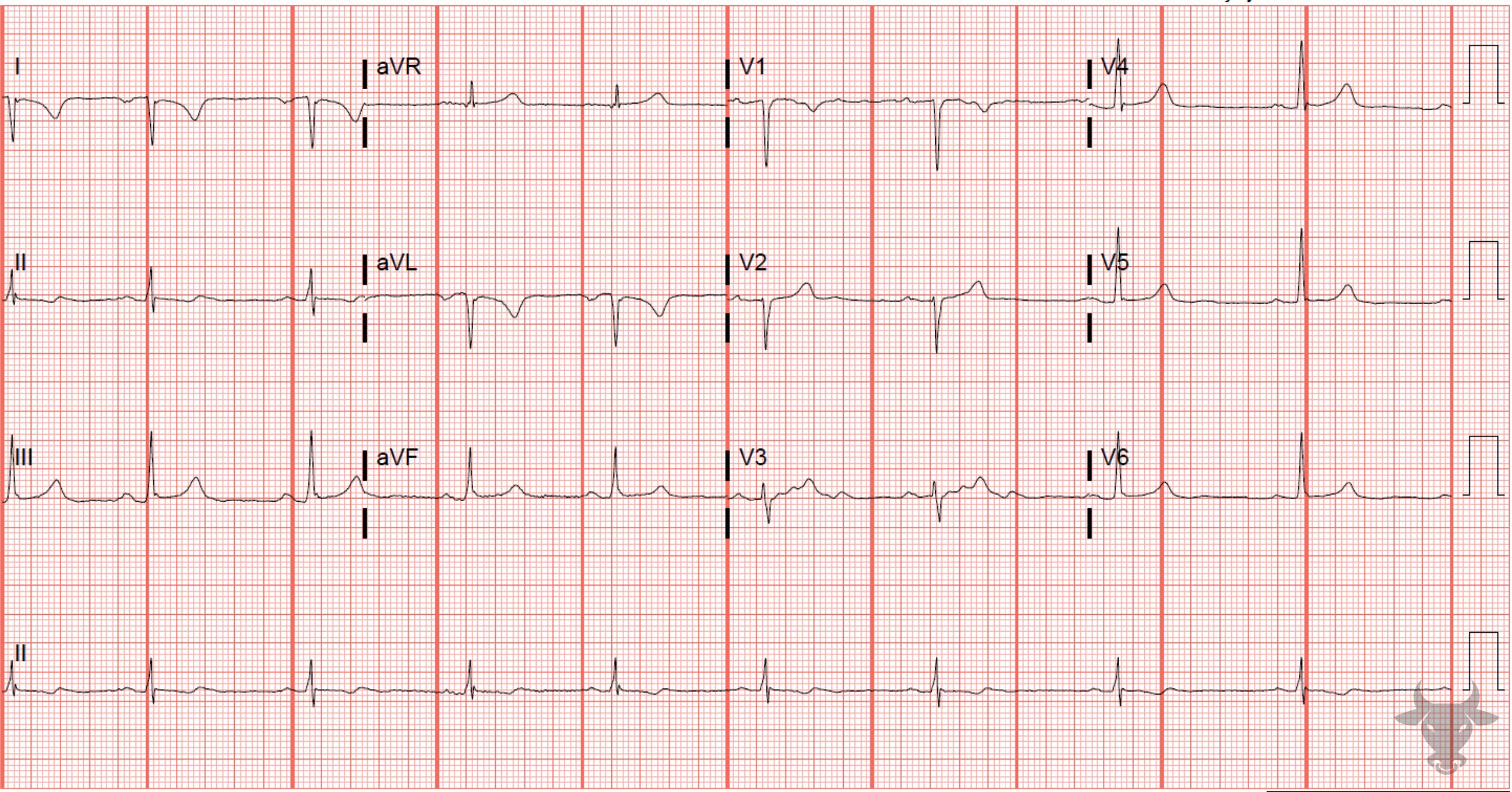Between 0.4 and 4% of ECG’s obtained in various settings demonstrate features of lead misplacement. Lead misplacement may either obscure important findings or simulate the appearance of ectopic rhythms, conduction disturbances, chamber abnormalities, and ischemia/infarction – resulting in unnecessary and potentially invasive testing. The key ECG findings suggestive of lead misplacement are dependent on the leads involved. The relationship between limb leads and surface electrodes are defined by Einthoven’s Triangle.

ECG changes resulting from limb lead reversal.



